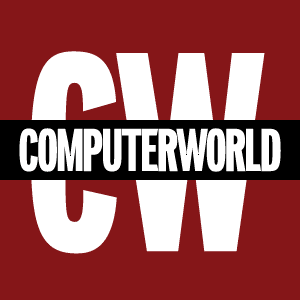
It's easy to say, as many have in recent months, that the office of the future is in what's called the metaverse, or that the metaverse is the solution to remote and hybrid work problems.
It's easy because the word "metaverse" doesn't have a universally accepted meaning.
For example, if the statement "The office of the future is in the metaverse" means that people start their day by putting on virtual reality (VR) glasses, sitting at a virtual desk using a virtual computer surrounded by avatars, and attending virtual meetings. in a universally shared extended reality virtual space, I would disagree with this prediction.
However, if the statement means that, in addition to the tools we currently have, we will also sometimes briefly use augmented reality (AR) and virtual reality for specific purposes, I would not only agree, but say:
“Of course, this has been assumed for decades. Obviously it will happen.
(It should be noted that the first prediction is mostly Facebook's opinion, while the second is mostly Apple's. So Facebook is wrong and Apple is right.)
Even today, employees struggle with the unnatural act of staring at a screen all day.
Systems like the Pomodoro Technique remind workers to stop what they are doing and take a break every 25 minutes.
Fully immersive VR worlds are much more mentally demanding and harder on the eyes than looking at a laptop screen. Therefore, the idea that employees will voluntarily work full time in virtual spaces is impossible.
A persistent problem for those trying to predict the future is that the "metaverse" means different things to different people.
Metaverse definitions include:
- A virtual reality space.
- A virtual 3D version of the Internet.
- A digital reality that combines aspects of social media, online gaming, augmented reality, virtual reality, and cryptocurrencies to allow users to interact and transact virtually.
- Or a massively evolving and persistent network of interconnected virtual worlds focused on real-time interaction where people can work, socially connect, transact, play and create. It uses AR, VR and other technologies to simulate reality.
Note how much these differ.
Some say that a metaverse is basically an app or website that offers virtual space; others say it is a massive series of interconnected spaces. Some say it's just virtual reality. Others say it's VR, AR and other technologies. Some say that it is based on cryptography; others do not mention crypto at all.
Right now, the word "metaverse" is a Rorschach test that means one thing to the speaker or writer and another thing to the listener or reader.
This is also what makes it a popular marketing buzzword.
A wide range of products and services can be presented as “metaverse” products, offering a halo of relevance, whatever the offer.
Of course, organizations are working hard to build a shared and open "metaverse," such as the Open Metaverse Alliance for Web3 and the Metaverse Standards Forum. But its success is unlikely, given the monetary incentives for companies like Facebook and Apple to create walled gardens that are likely to appeal to the most users.
As with all technological revolutions, the future starts early in isolated places.
Accenture, for example, uses virtual reality for onboarding and telecommuting meetings.
A Korean startup called Zigbang has developed a virtual office building called Soma World. The virtual floors of the virtual office are rented out to about 20 companies, each of which uses this space as a kind of global virtual headquarters. Unusually, the Soma World avatars are headless; instead, the avatars' bodies are topped with a circular cutout where a real-time video of the user is shown.
It's like combining "Second Life" with Zoom.
As you can see from the video links, the interfaces are crude and in both cases exist to simulate physical space and proximity to remote employees.
So yes, the future of work involves VR and even more AR, but probably not for most of the workday and probably not on a shared, universal VR internet.
Above all, in the words of Bill O'Reilly, the metaverse is not a place, it is a means of communication. And it is also a broad category of user interface.
So let's look forward to the dawn of a new class of media and interfaces coming to the workplace. It's going to be great.
But let's not get so excited that we fool ourselves into thinking we'll be working full-time in the metaverse.
Copyright © 2022 IDG Communications, Inc.